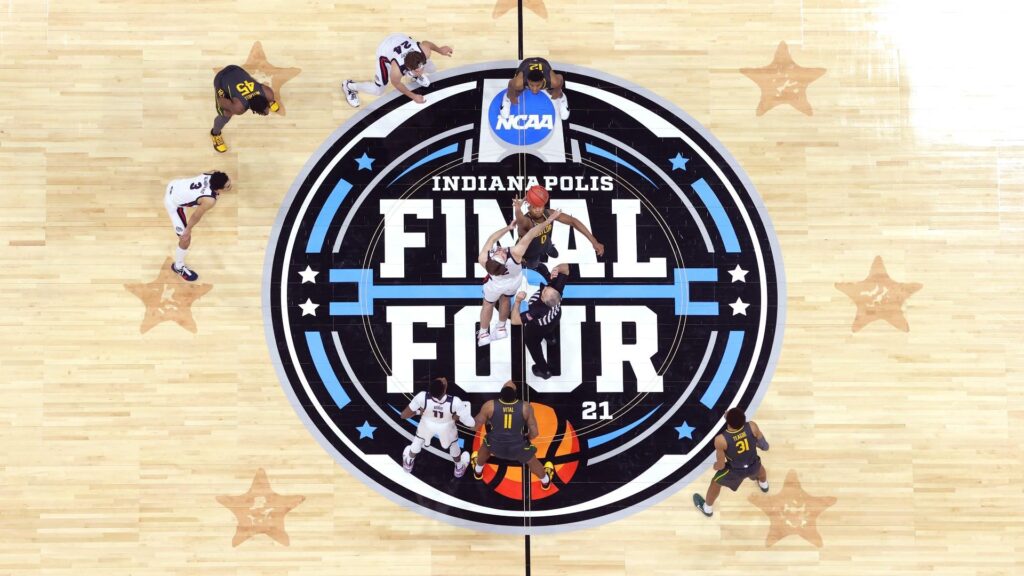How NCAA March Madness Teams Are Selected and Seeded

The NCAA selection committee follows a rigorous process to pick the 68 teams for March Madness.
March Madness, the pinnacle of NCAA Division I men’s basketball, features 68 teams competing for the national championship. The selection and seeding process is managed by the NCAA Selection Committee, which follows a detailed methodology to ensure fairness and competitiveness.
The Selection Process
The committee follows a three-phase process:
- Selecting At-Large Teams:
- 37 teams are chosen based on their performance throughout the season.
- Automatic qualifiers from each conference fill the remaining slots.
- NCAA Men’s Basketball ensures all selections align with championship principles.
- Seeding the Teams:
- All 68 teams are ranked from strongest to weakest.
- Teams are grouped into “true seeds” to maintain competitive balance.
- The NCAA Evaluation Tool (NET) is used to assess performance, factoring in game results and efficiency metrics.
- Bracketing:
- Teams are assigned to regional brackets.
- Geographic considerations aim to minimize travel and provide a balanced playing field.
- Teams from the same conference are strategically placed to avoid early matchups.
Key Selection Principles
The selection and bracketing process follows these core principles:
- Objective Decision-Making: Committee members must recuse themselves if conflicts of interest arise.
- Competitive Balance: Efforts are made to evenly distribute top teams across all regions.
- Secret Balloting: Votes remain confidential to maintain integrity.
- Use of Advanced Metrics: The NET ranking system evaluates team strength through data-driven methods.
The Seeding Breakdown
Each team is placed on the seed list, ranking from 1 to 68. The committee considers factors such as:
- Strength of schedule
- Head-to-head results
- Performance in road games
- Key player injuries and availability
Teams in the final four at-large spots and seeds 65-68 compete in the “First Four” round, which determines who advances to the first full round of the tournament.
Bracket Construction Guidelines
When creating the tournament bracket, the NCAA adheres to several rules:
- The top four seeds from a conference are placed in different regions.
- Potential rematches from the regular season are minimized.
- Teams cannot be assigned to venues where they have played multiple games.
Resources Used by the Selection Committee
Committee members have access to a wide range of resources, including:
- Conference monitoring reports
- NABC regional advisory rankings
- Detailed box scores and results
- Computer metrics such as KenPom and Sagarin ratings
These tools help ensure a comprehensive evaluation of each team’s performance.
Conclusion
The process of selecting and seeding teams for March Madness is meticulous and data-driven. By combining objective criteria with expert insights, the NCAA strives to create a fair and exciting tournament for players and fans alike.






